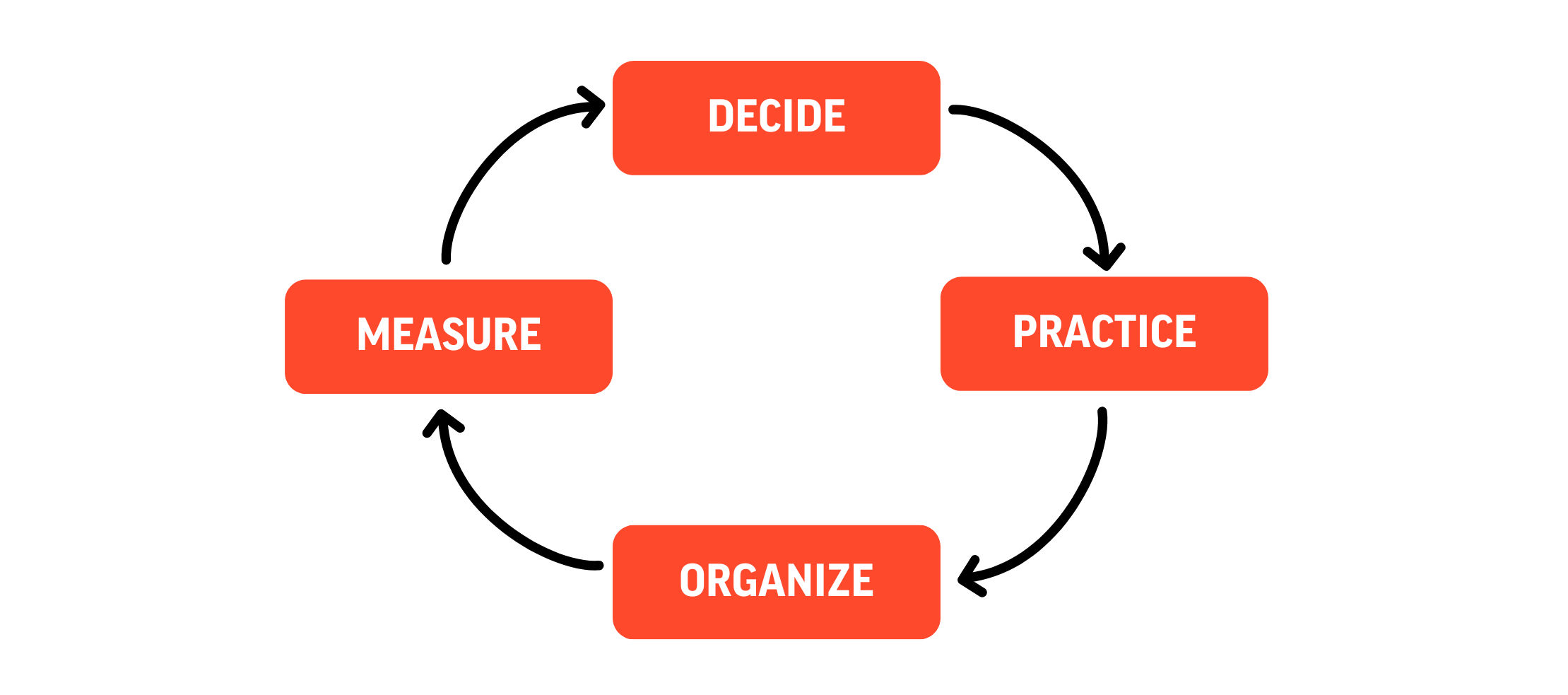Getting Lost in Implementation
Research shows that leadership groups struggle when implementing corporate strategy. According to Fortune Magazine, nine out of ten organizations fail to implement their strategic plans because:
- 60% of organizations don’t link strategy to budgeting
- 75% of organizations don’t link employee incentives to strategy
- 86% of business owners and managers spend less than one hour per month discussing strategy
- 95% of the typical workforce doesn’t understand their organization’s strategy.
In our experience, leadership groups constantly complain about bad implementation. They say they are good at formulating strategy and enjoy the process very much, but after that no one seems to know what really happened (if anything happened at all).
In our Bold Strategy Magazine, we focus on clarifying these issues and how you can overcome them.

Download the Bold Strategy Magazine
Acting Consciously in Corporate Strategy
Usually it turns out that a lot of things happened; many big strategic decisions were made and implemented along the way. However, because those decisions were not part of the original corporate strategy, their results were not measured. The conclusion is that nothing was implemented.
So the problem is not that strategy doesn‘t get implemented. The problem is that there is a disconnection between the strategy and what is actually implemented. The reasons can be those stated above from the Fortune research; or it may be that the original strategy was flawed, or that circumstances changed and made it obsolete.
All of these possibilities must be considered because, however we look at it, nothing is static. Organizations are always responding to their environment in one way or another. The question is whether decisions are being made consciously or unconsciously.
While it may be desirable to be unconsciously competent (so good at something that we act optimally without thinking), this is not the desired state for strategic leadership. These principals should coach their teams like players in a soccer field: everyone able to make the right move instantly, the team always fully aware of what is going on and how they should respond.
Growth Leads to Greater Complexity
As companies grow, their systems tend to become more complex, and the art of moving in a cohesive way becomes ever more challenging. It is relatively easy to align for movement in a small group. But, with hundreds or thousands of people in a heavily systematized organization, every turn must be fully conscious and carefully planned, with clear goals and transparent results.
Therefore, implementing corporate strategy is not enough. Leaders must be good at aligning strategy because success is a journey full of uncertainties, and not simply a destination.
Aligning Strategy with Implementation
It is obvious that if as few as 15% of business owners and managers spend even one hour per month discussing strategy, then what happens just happens. Strategic progress is measured (if at all) after the fact, and not against a conscious goal. In this situation, it is entirely up to us to judge whether we have succeeded or not.
And, as the mind works, we tend to look for reasons why we can say we succeeded. But if we are caught with our pants down, we quickly find external reasons for the failure. Thus, holding people accountable for strategic results becomes impossible—which aggravates the situation even further.
Accountability
Practicing strategic thinking and holding people accountable are prerequisites to success in the long run. Just as we make leaders accountable for adhering to budgets, they must also be accountable for adhering to the corporate strategy. As with budgets, strategic plans must be reviewed periodically in light of new developments. If this doesn’t happen, after a few months a strategy is often obsolete.
A coordinated and consistent approach to aligning strategy to new developments should be built on the following:
- Decide how to gather input from all stakeholders, how to set up and maintain scorecard systems, and whether/how to reward performance.
- Practice, practice and practice applying this approach. Make it a part of your organization’s DNA; it may take a year or two to become really entrenched in the corporate culture. When training leaders, give them a clear and appropriate mandate for implementing the strategy.
- Organize a calendar for the organization to ensure that long-term corporate strategy, yearly plans and periodic reviews and updates are performed in the right sequence for different levels of the organization.
- Measure progress in a three-dimensional, transparent manner: schedules, Key Performance Indicators, and budgets. Spend time learning about the relationships of these three elements.






.png?width=596&name=Strategy%20Evaluation%20(1).png)



.png?width=80&name=Team%20Alignment%20(1).png)
.png?width=80&name=Strategy%20Evaluation%20(1).png)